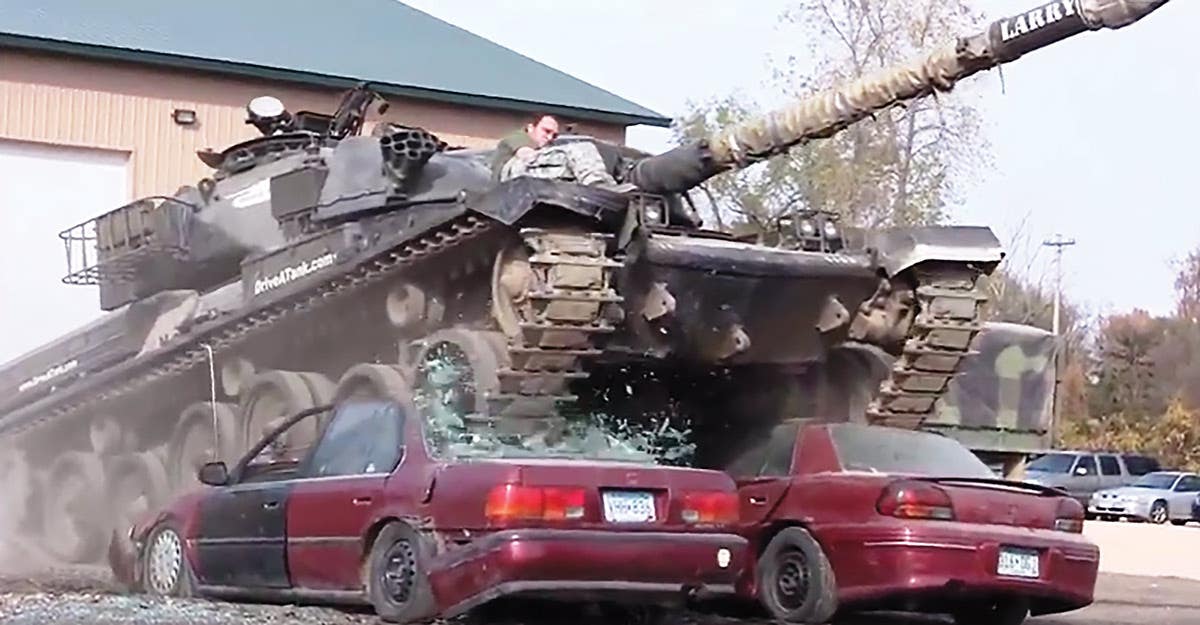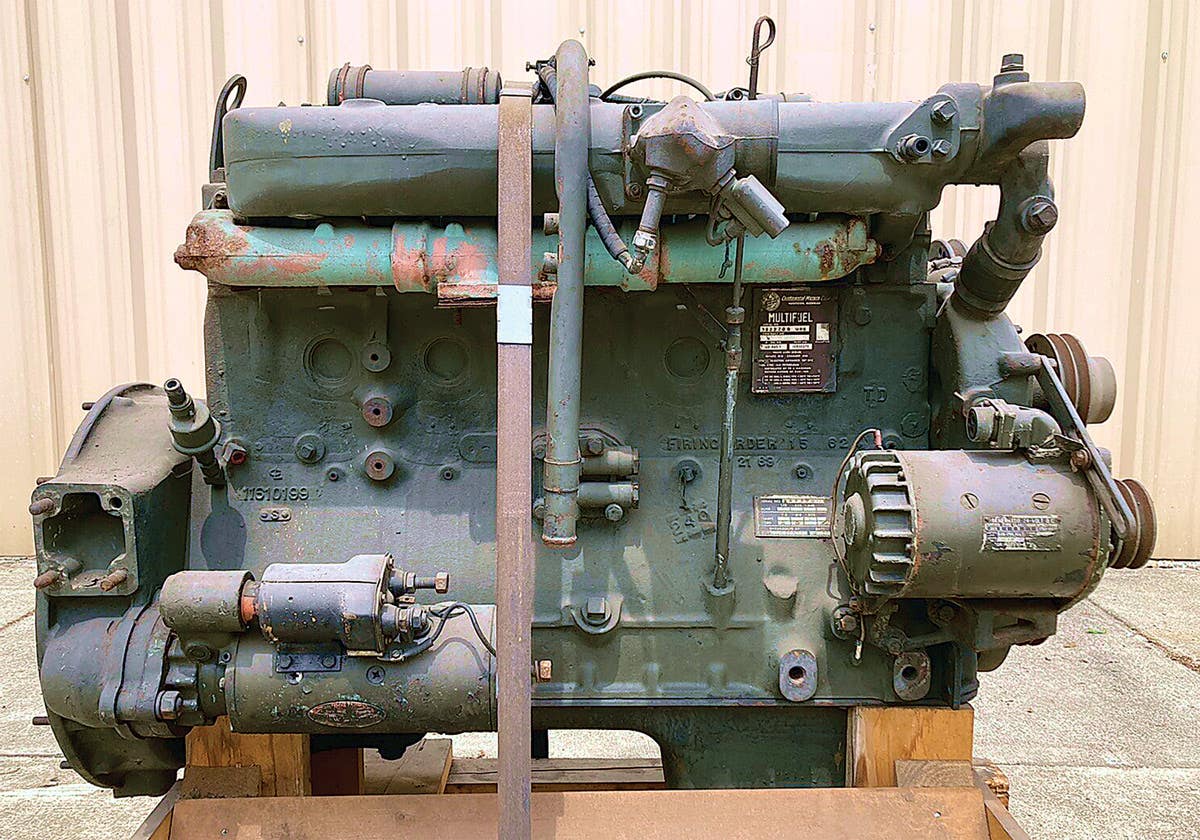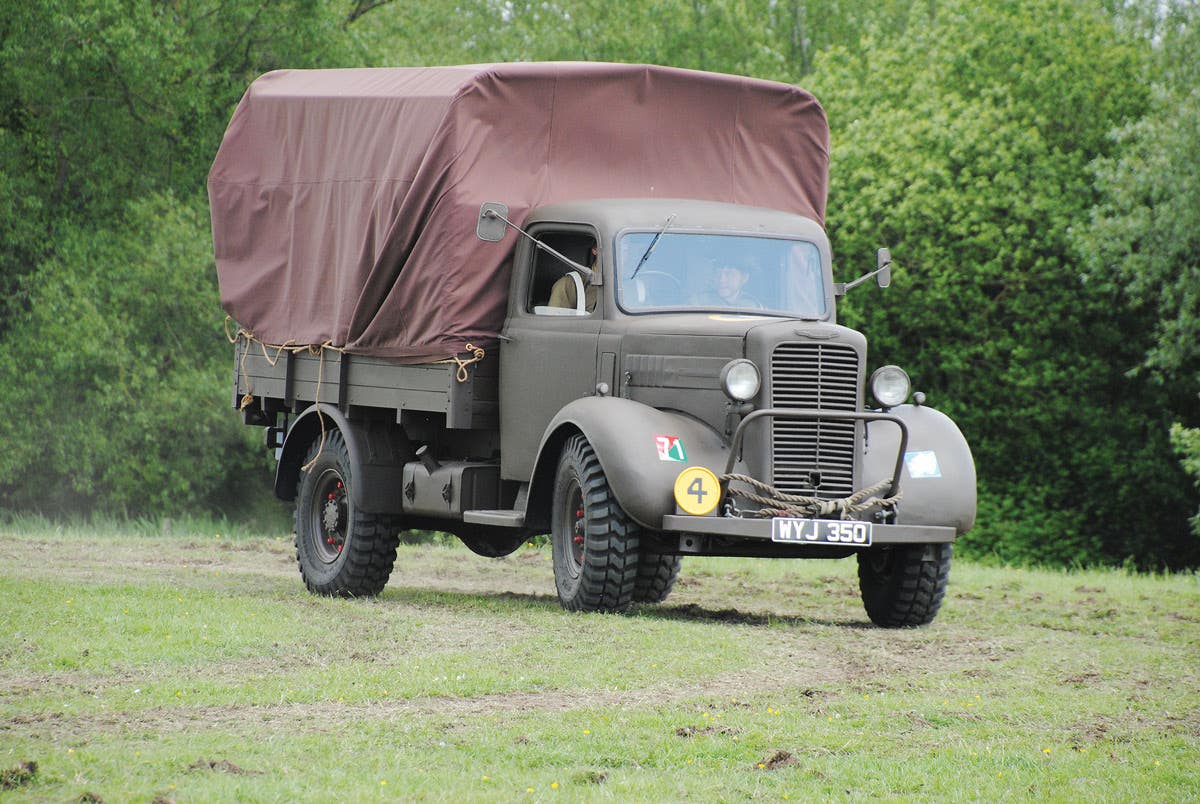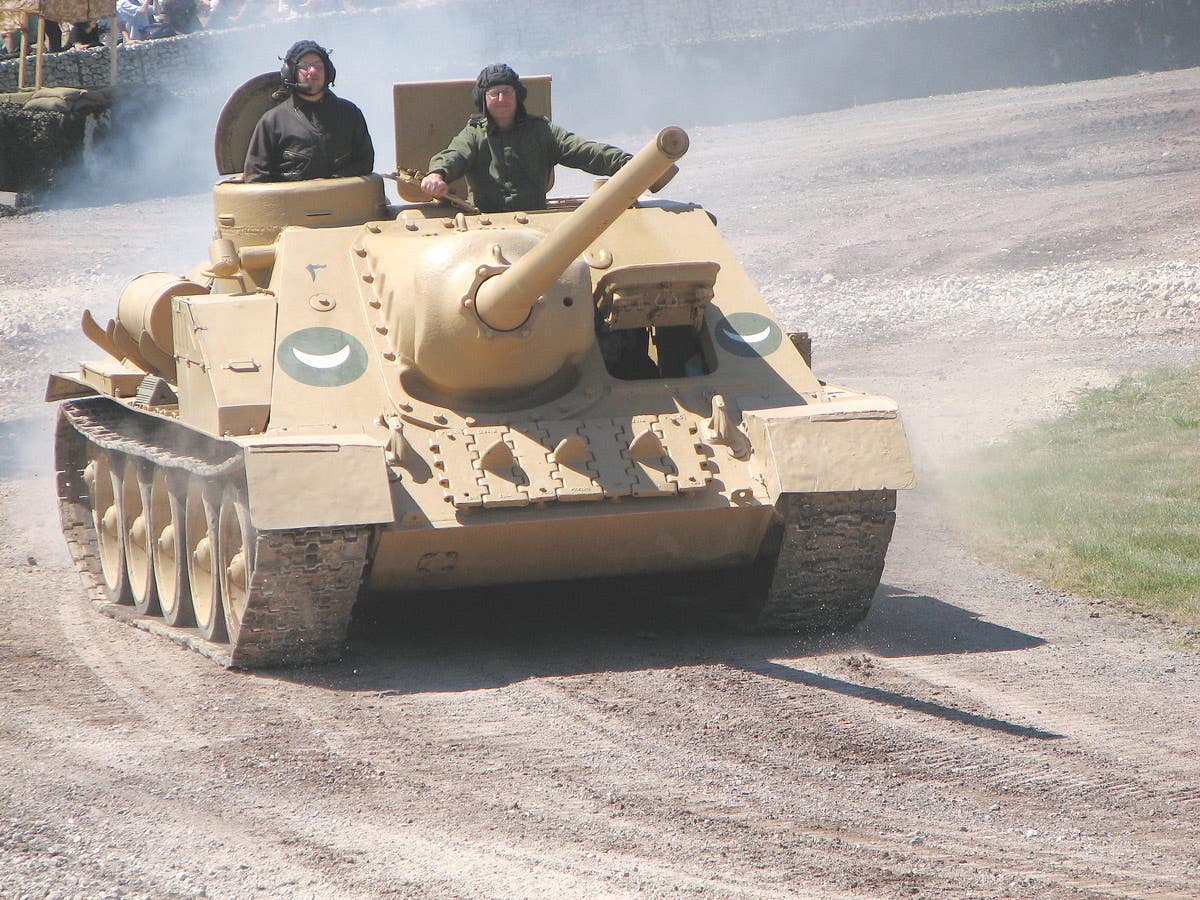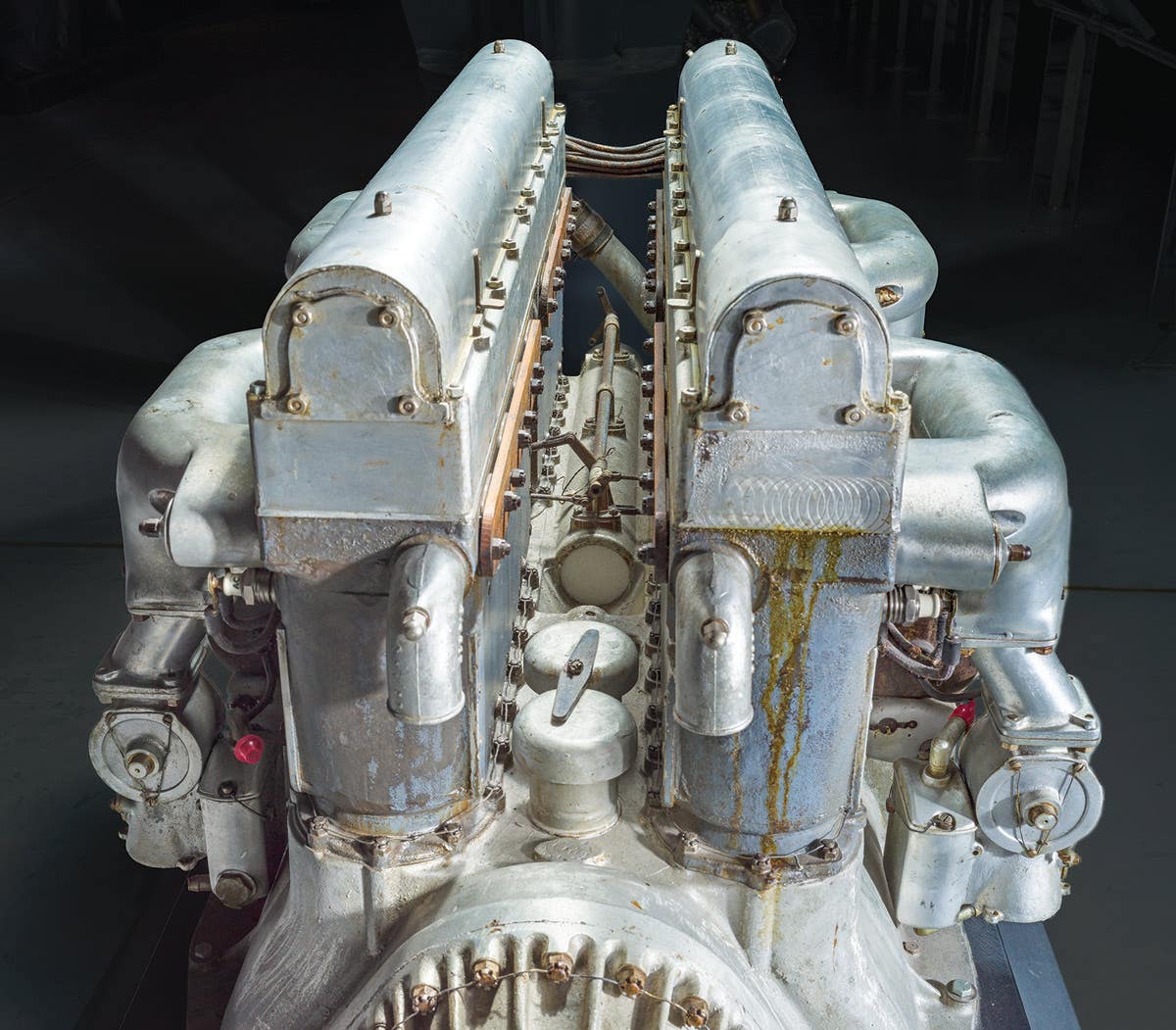Military Vehicles Books 2020: Tanks Galore
JAG gives his take on books from the military vehicles hobby. This time around he covers four books on tanks.
Tank Destroyer Achilles and M10: British Army Anti-Tank Units Western Europe 1944-1945 (Tank Craft), by Dennis Oliver.
(ISBN 978-1526741905, Pen & Sword Books Ltd, 47 Church Street, Barnsley, South Yorkshire, S70 2AS; www.pen-and-sword.co.uk. Soft Cover, 64 pages, illustrated throughout in color and black-and-white, 2019, $22.95)
In this heavily illustrated volume in the TankCraft series, Dennis Oliver focuses on the Achilles — the British variant of the American M10 — that was one of the most important Allied tank destroyers of WWII. It played a key role in the armored battles fought on the Western Front, in particular in France, the Low Countries, Germany, and Italy.
Built on an adapted Sherman chassis, with sloped armor, an open-topped turret and powerful 17-pounder gun, it was designed to counter the threat posed by the formidable panzers deployed by the German army toward the end of the conflict, in particular the Panther and Tiger tanks.
The book covers the design and operational history of the Achilles in close detail, using rare archive photographs and meticulously researched color illustrations, as well as a detailed, authoritative text.
US Cold War Tanks and Armoured Fighting Vehicles (Images of War), by Michael Green.
(ISBN: 978-1526727213, Pen & Sword Books Ltd, 47 Church Street, Barnsley, South Yorkshire, S70 2AS; www.pen-and-sword.co.uk. Soft cover, 224 pages, illustrated throughout, 2019, $28.95).
To counter the Soviet threat and that of their client States during the Cold War years 1949-1991, the American military deployed an impressive range of main battle tanks (MBTs) and armored fighting vehicles (AFVs).
The Patton series of medium MBTs (including the M46, M47 and M48) supplemented by the M103s Heavy Tank initially formed the core of the US tank fleet. In 1960 the M60 MBT with its British designed 105mm gun entered service and, in turn, was replaced by the M1 Abrams in 1980.
In support were armored reconnaissance vehicles, progressively the M41 Bulldog (1951); the M114 (1961), the M551 Sheridan (1967), and M3 Bradley Cavalry Fighting Vehicle (1981).
The armored personnel carrier (APC) range included the ubiquitous M113 and its replacement the M2 Bradley, cousin of the M3.
Expert author Michael Green covers all these vehicles and their variants in this informative and superbly illustrated Images of War series work.
Panther Tanks: Germany Army and Waffen-SS, Defence of the West, 1945 (Tank Craft), by Dennis Oliver.
(ISBN 978-1526755902, Pen & Sword Books Ltd, 47 Church Street, Barnsley, South Yorkshire, S70 2AS; www.pen-and-sword.co.uk. Soft Cover, 64 pages, illustrated throughout in color and black-and-white, 2019, $22.95)
In late 1944 and 1945, the Panther tank played an important role in Germany’s desperate efforts to stem the Allied advance on the Western Front. The Panther, perhaps the best armored vehicle produced by Germany during WWII, was a key element in the Wehrmacht’s defensive tactics, in rear guard actions, and counterattacks. It took a prominent part in the last German offensive of the war in the Ardennes during the Battle of the Bulge.
A key section of his book displays available model kits and aftermarket products, complemented by a gallery of beautifully constructed and painted models in various scales. Technical details as well as modifications introduced during production and in the field are also examined providing everything the modeler needs to recreate an accurate representation of these historic tanks.
M36/M36B1 Tank Destroyer (Images of War), by David Doyle.
ISBN 978-1526748928, Pen & Sword Books Ltd, 47 Church Street, Barnsley, South Yorkshire, S70 2AS; www.pen-and-sword.co.uk or direct from the author at www.DavidDoyleBooks.com. Soft cover, 128 pages, illustrated throughout, 2019, $22.95).
Going into WWII, the prevailing strategy of the US command was that tanks were not to be used to engage enemy tanks in combat. Rather, tanks were to be the armored spearhead to breach enemy positions. Enemy tanks were to be dealt with by specialized weapons, aptly named tank destroyers.
While the 3-inch weapon of the M10 was superior to that found on earlier US tank destroyers, it was still found to be inadequate against the ever-increasing weight of German armor. An even larger gun, the 90mm M3, was placed in a new, bigger open-topped turret on 100 new hulls purpose built for this, and by remanufacturing M10A1s, primarily from US-based training units.
As the supply of these chassis was depleted, additional vehicles were created by converting Diesel-powered M10s, resulting in the M36B2. The M36B1 was built from the ground-up as a tank destroyer, using a hull based on that of the M4A3 but featuring a standard M36 turret. Examination of rare surviving vehicles indicate that the M36B1 hulls were manufactured expressly for this purpose, and were not merely M4A3 hulls that were converted.
While US antitank doctrine changed, rendering all the tank destroyers obsolete post-WWII, many of these vehicles were supplied to other nations, and in fact some survived as combat vehicles into the 21st century.
John Adams-Graf ("JAG" to most) is the editor of Military Trader and Military Vehicles Magazine. He has been a military collector for his entire life. The son of a WWII veteran, his writings carry many lessons from the Greatest Generation. JAG has authored several books, including multiple editions of Warman's WWII Collectibles, Civil War Collectibles, and the Standard Catalog of Civil War Firearms. He is a passionate shooter, wood-splitter, kayaker, and WWI AEF Tank Corps collector.



